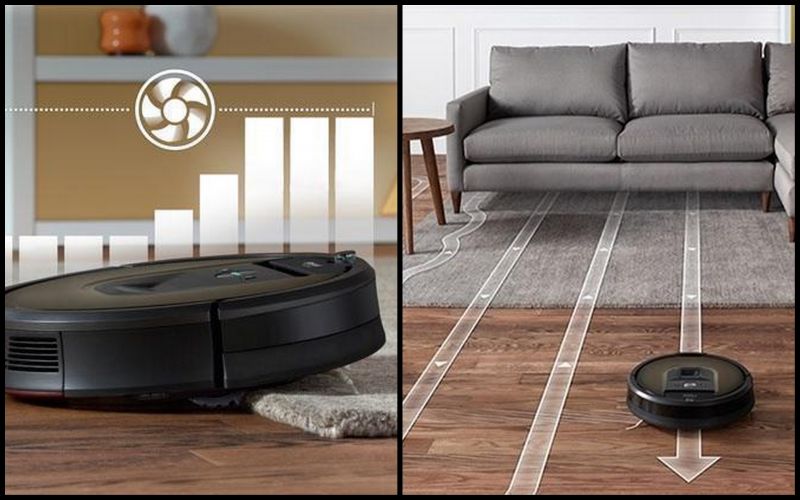How technology can help in living a healthy life
Robotic vacuum cleaners help detect dirt with sensors and make the house cleaner and dust free.

New Delhi, the national capital of India, is home to many iconic tourist destinations and globally-renowned heritage sites. There’s little doubt then why the city is so often termed as the soul of the country and enjoys the top spot in the checklist of incoming tourists. But as much as it is popular for its sightseeing tours, it is also famous and globally leading on one more front — pollution. Just to offer a picture, breathing in Delhi can at times be equivalent to smoking 50 cigarettes in a day.
However, the problem of pollution and air-borne diseases isn’t limited to the national capital itself. These issues are ubiquitous amongst all major metropolitan regions in the country. The air quality of Bangalore and Mumbai, for instance, is unhealthy for sensitive groups despite frequent rainfalls in both of the cities. Bangalore also faces high pollen concentration of Parthenium Hysterophorous (Congress Grass) that causes Allergic Rhinitis, whereas, Mumbai faces a similar problem due to ragweed pollen.
We spoke to Pulak Satish Kumar, Chief Operating Officer, Puresight Systems Pvt Ltd to know more on how technology can be the future for safeguarding our health. Puresight is a manufacturer of robotic home vacuum cleaners. iRobot Roomba and Braava are some of their flagship robotic vacuum cleaners for homes. While air purifiers can clean only the air around us, the floors are where the major dust settles and comes back into the air. We need to also pay attention to the root cause and not only find a solution to one area. We wanted to know more about how robotic cleaners can help us and where technology is playing big in health and cleanliness. Kumar gave us his insights.
One way or the other, the nation experiences considerable losses – of capital, lives, and productivity – due these issues. It is true that the challenges that we’re facing are largely due to technology. But thankfully, technology is also enabling people to counter these challenges with equal force. This decade has borne witness to adoption of air purifiers by the urbane consumers, ensuring that they do not lose their time and money on treatments. Such air purifiers primarily use HEPA (High-efficiency Particulate Air) filters which prevent particulate matter from entering the air circulation of a room. Few air purifiers also come with Thermodynamic Sterilization and UV technology to kill germs and microbial organisms.
Unlike pollen-induced Allergic Rhinitis, an allergy that is seasonal in nature, dust allergies are caused by a number of factors including suspended dust, dust mites, moulds, insects, fur, feather, and pets. While air purifiers can do away with suspended molecules in air, they are not viable for dirt, dust, and insect-induced allergies. Thankfully, ultramodern Indian consumers are turning towards other evolved consumer offerings for the same.

The future is here with the robotic vacuum cleaners that help in detecting dirt through its dirt technology and sensors which make the environment of the house cleaner and dust free. These devices can be used for targeted household mopping and sweeping. One of the key characteristics of these robotic vacuum cleaners are that they come with the most advanced technology including navigational capabilities to avoid drop offs and obstacles. The advantage of using a robotic vacuum cleaner is that one doesn’t need to keep a watchful eye on it. The robotic vacuum cleaner is programmed in a way that it can clear dust and debris from the hard nook and corners in order to maintain the house allergy and dust free.
It is beyond doubt that a majority of modern air-borne challenges, including pollution and allergens, are a by-product of technology. But as technology gears up to face these challenges, there’s a hope that lives in India remain safe and sound.
